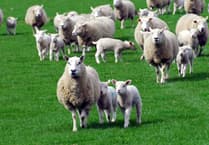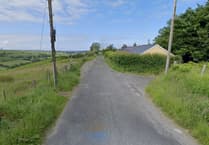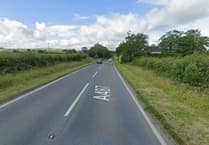DNA from a black hair caught on a barbwire fence following a sheep attack has offered 'definitive proof' big cats are roaming the British countryside - and added impetus to the Beast of Bont myth.
The strands, found at a farm in Gloucestershire, came back as a 99 per cent positive DNA match with a panther – just weeks after a large black feline was recorded prowling through a field.
The findings have come to light as part of filming for an upcoming documentary - Panthera Britannia Declassified - which investigates claims of big cat sightings in Britain.
As the Cambrian News reported, recent gruesome sheep killings and suspected sightings have reignited a debate about whether a population of mysterious predators exists in the Cambrian Mountains.
We spoke with ex-policeman, a tight-lipped Dyfed-Powys Police spokesperson and University of Wales Trinity Saint David academic and bone expert, Dr Ros Coard - who conducted a study in 2007 of sheep carcasses found in the Aeron Valley and concluded big cats were responsible for the bite marks.
British big cat expert Terry Hooper – who wrote a book on the subject released in December – told the Cambrian News: “Back in the 1990s we (myself and the police force involved) obtained hair that was identified as Panthera Pardus - leopard.
“We also obtained evidence of puma (kills, scratch posts, scat and more) as well as lynx.
“The current claim of DNA I cannot comment on as I have not seen the test results myself and as this is being used to promote documentary it carries no weight until confirmed.
“There is absolutely no doubt that there are lynxes, pumas and panthers in the UK.
“Despite some claims they do not remain in a small area but have territories that can be quite large and the population of each cat species in the UK could range from 50 to 60 - so they have plenty of food such as deer, rabbits and so on.
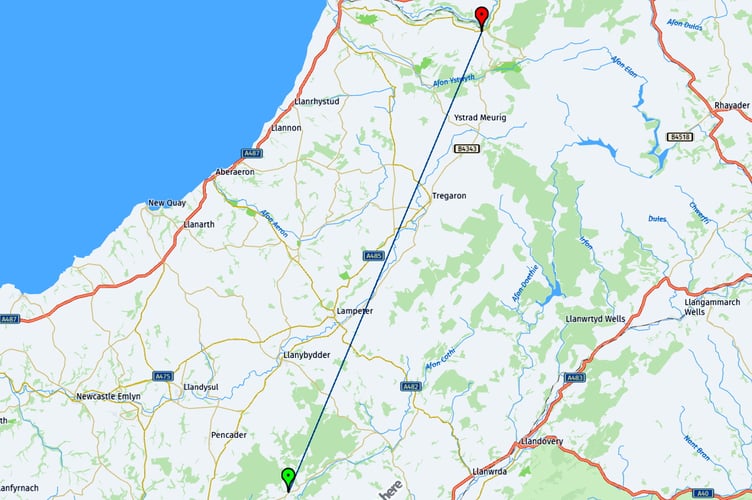
“Livestock are rare kills and opportunistic. If a farmer has more than 1 to 2 sheep killed on their property there is a reason for that and, again, it is not necessarily a large cat.
“A great deal of the evidence is presented in my book. From 1977 (and still occasionally) I acted as an exotic animals consultant to UK police forces and they know and so does the National Farmers Union and even the Department for Environment, Farming and Rural Affairs (DEFRA) that there are cats out there.
“But there has never been a case of a human harmed by one of these cats for over 100 years -though plenty of hoax claims.
“Are there large cats in Wales? Certainly, and since the 1970s I have spoken with and advised many farmers who became friends.
“Scare stories and blurry images of house cats described as ‘big cats’ does not help and in the case of the sheep mentioned in your article I think that more a need to prevent rustlers coming out and carrying off meat for sale.”
Reflecting on her study, Dr Coard spoke with the Cambrian News briefly about her analysis and the participants she spoke with – mainly farmers whose sheep had been killed.
She said: “Both were adamant that they did not want locational details to be put into the public domain.
“Neither wanted the big cat locations to be given away. Their biggest fear for them was that hunters, trackers, trophy hunters etc. would find the cat/s.
“They just wanted to know that big cats existed, and that they were not going mad (to use their phrase).”
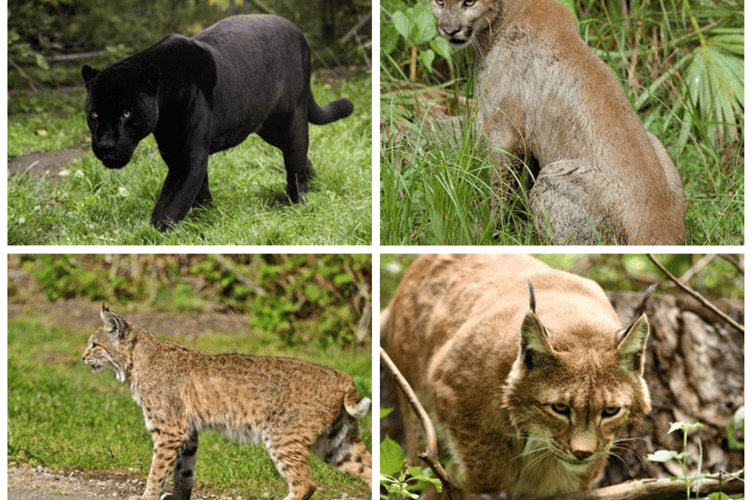
In June 1981, 12 sheep were slaughtered by an unknown creature in the tiny village of Pontrhydfendigaid - known locally as Bont - which sits to the west of the Cambrian Mountains range stretching across Ceredigion and Powys.
Veterinarians from the UK Ministry of Agriculture, as it was then, are said to have released findings that whatever had killed the livestock must have been a ‘great deal more powerful than a fox or a dog’.
BBC wildlife cameraman Graham Horder wrote three nature-crime novels based in the Bont area in the 1980s – which featured big cats. The trilogy is called the 'The Spirit of the...' Kite, Osprey and Eagle.
He said: “My interest was sparked by an old cameraman friend of mine who lived near Pontrhydfendigaid up in the valleys there.
“In the early 90s, he told me a tale of hearing a ruckus out by one of his old sheds, and when he went out, a large black cat was seen departing the scene.
“He was an experienced enough scientist to know what he was talking about – but he sadly died a few years ago.
“In my story, someone gets murdered, and a big cat is blamed for it.
“The big cat escaped from a run-down local zoo which doesn’t exist but learns to live a life in the wild because of the vast forest and undisturbed area, which is quite feasible that, not just one, but several could live in that sort of wild habitat.
“I like to believe there are big cats in the UK and there are lots of people advocating lynx being released into these areas and it would be lovely to see an apex predator like that solving issues with over-grazing of deer.”
He said he saw a big cat in the 90s coming back from Newport towards Chepstow on was then a quiet M48, where a ‘big black cat’ crossed the road in front of him – and there had been reports of such an animal in that area during that time.

